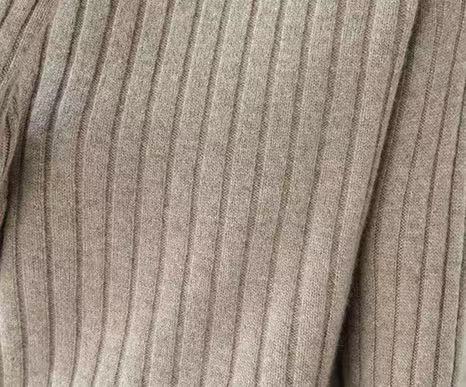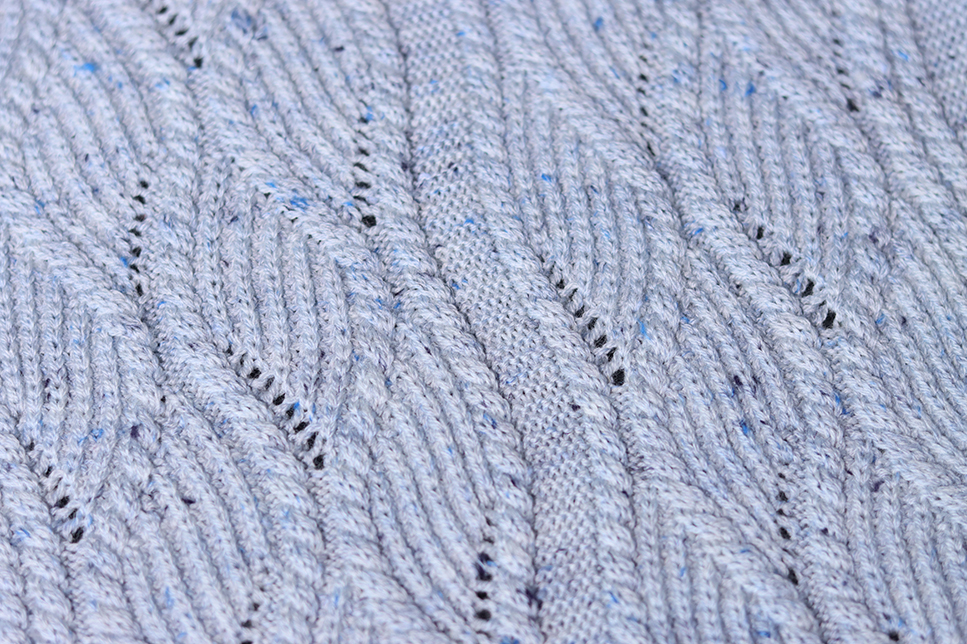A stitch pattern is a repeating sequence of stitches used to create a specific texture or design in a knitted or crocheted fabric. Stitch patterns can create a wide range of visual effects, from simple and uniform textures to intricate and complex designs. Stitch patterns are very important for knitwear designers and they largely dertmine the style of the finished garment. Every new season, our design team create for our clients more than 100 different stitch patterns free of charge for there reference in designning. They are often organized into several categories, based on their characteristics and the techniques used to create them. Some common categories include:
Basic Stitches:
These are the foundation stitches used in knitting such as plain knit and purl stitches in knitting, These basic stitches can be combined in various ways to create other stitch patterns.



Ribbing:
Ribbing patterns are created by alternating columns of knit and purl stitches, which forms a stretchy and textured fabric. Common ribbing patterns include 1×1 rib, 2×2 rib, and 3×3 rib.






Cables:
Cable patterns are formed by crossing groups of stitches over one another to create twists and braids. These patterns can be simple, such as a basic cable, classic Aran pattern, or more complex, with multiple crossings and intricate designs



Pointelle:
Pointelle stitch patterns are characterized by open, airy designs created by combining increases and decreases with basic stitches. Pointelle patterns can range from simple eyelet patterns to elaborate, intricate designs.






Colorwork:
Colorwork patterns involve using two or more colors of yarn to create a design. Techniques for colorwork include stripes, fair Isle knitting, jacquard and intarsia pattern.






Textured:
Textured stitch patterns are created by manipulating the stitches to create raised or indented areas in the fabric. Techniques for creating texture include bobbles, popcorn stitches, and slip-stitch patterns.






These categories are not mutually exclusive, and many stitch patterns can belong to multiple categories. For example, a pattern could combine cables and lace or use textured stitches within a colorwork design. The possibilities are endless, and experimenting with different stitch patterns is a fun way to explore the creative potential of knitting and crochet.
